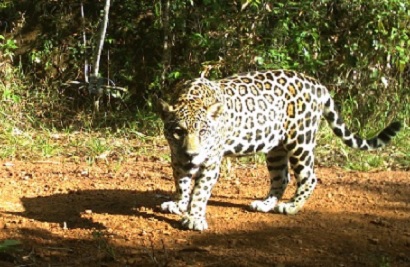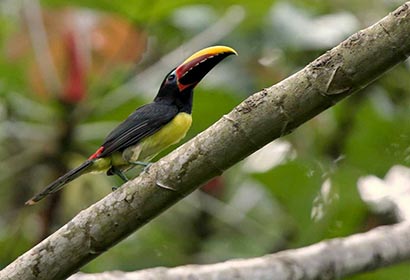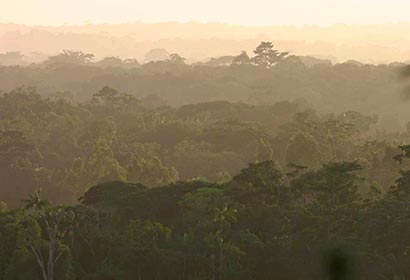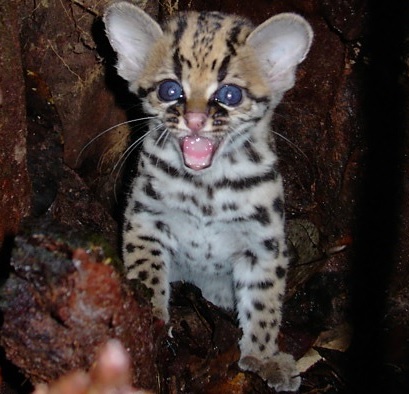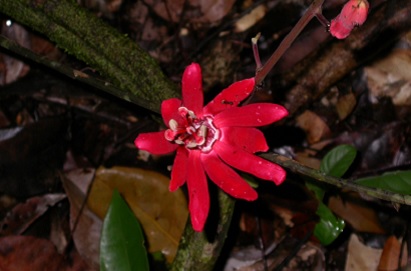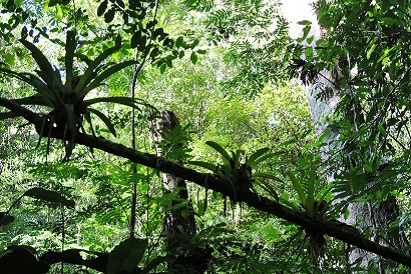The Paracou Research Station is Cirad's primary site for the study of the long-term effects of forest disturbance in Amazonia.
The station is located in the coastal part of French Guiana approximately 50 km NW of the European Space Center at Kourou, at latitude 5°18′N and longitude 52°53′W. The site is part of a private domain of about 40,000ha, owned by the Centre National d'Etudes Spatiales , granted to Cirad. The site is mainly covered with lowland terra firme rain forests. The core area, which is approximately 500 ha within the domain, is covered with old growth forest with an exceptional richness (over 750 woody species). A serie of 16 permanent plots (fifteen 6.25 ha plus one 25 ha) have been censused (DBH>10) every 1-2 years for more than 35 years. Nine of the plots were logged and subjected to human-induced disturbance in 1986.
The Paracou station has became a natural ecology laboratory to French Guianan researchers, mainly from the UMR EcoFoG, and in collaboration with ONF , the French National Forest Service. Various international research projects have also been conducted in the field of biodiversity, forest dynamics and climate changes in collaboration with renowned international network such as the Tropical Managed Forest Observatory and Rainfor . The Paracou forest is one of the best-studied lowland tropical forests in the Guiana Shield region.
We welcome around 150 scientists from around the world every year. Accommodations are available for resident researchers and Paracou Research Station features the basic necessary infrastructure: sleeping carbets (traditional open air houses), lab and working carbets, kitchen and dining carbet, as well as Internet access (WiFi) and telephones.
Major short- and long-term research is carried out here. Please see the Paracou bibliography.


